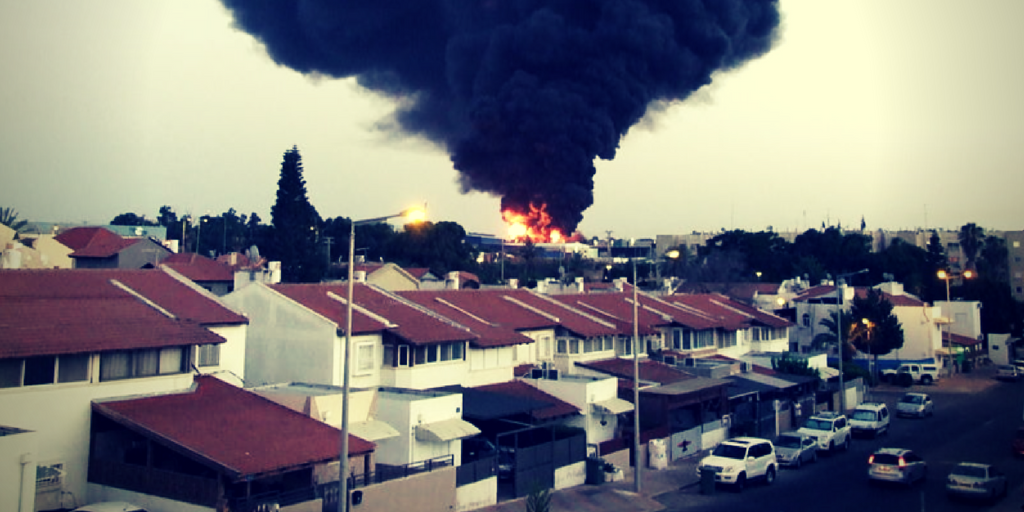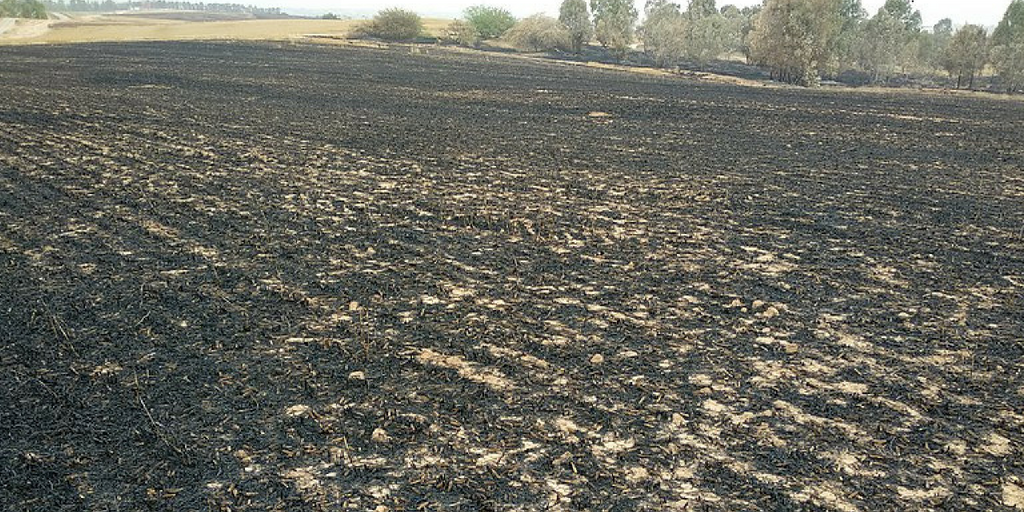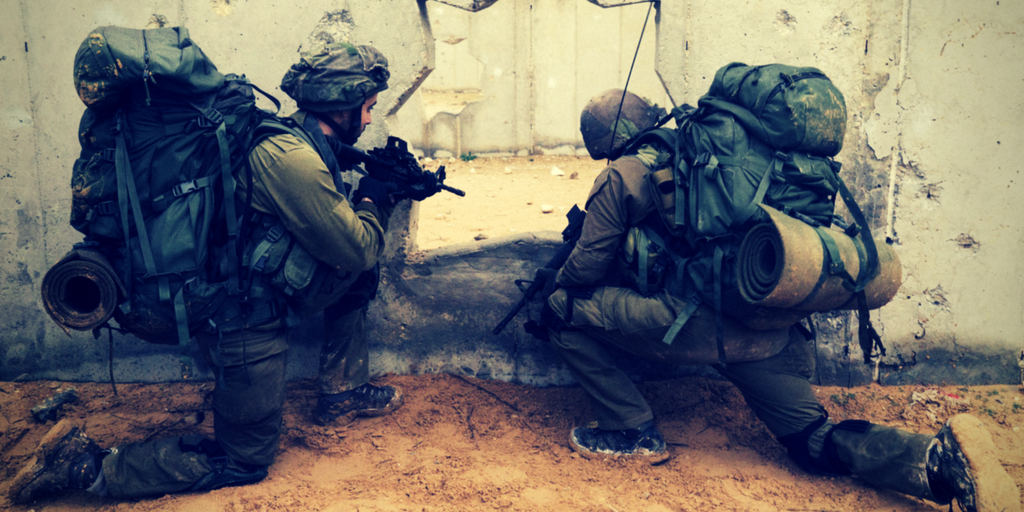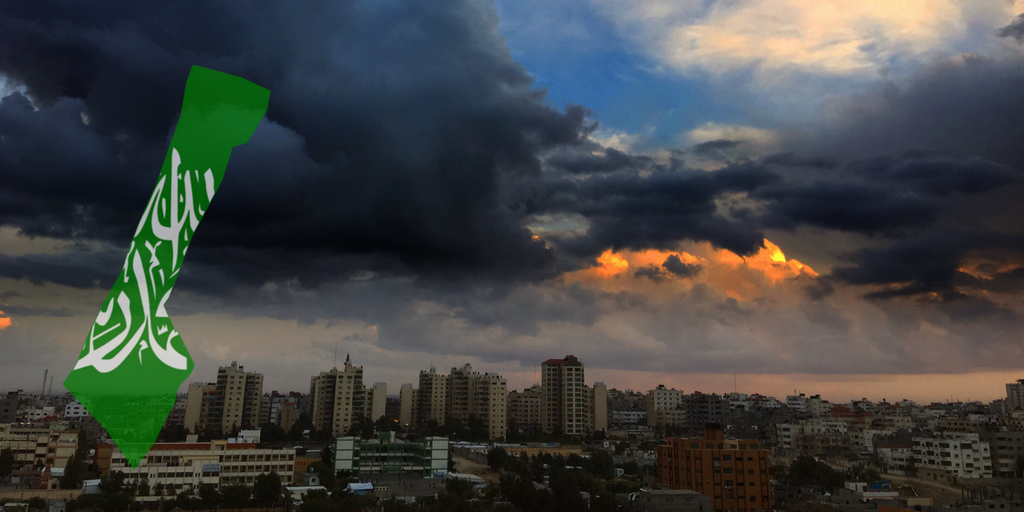After weeks of build up by Hamas in using “protestors” to breach Israel’s security fence, some missile barrages, and flaming kites to terrorize Israeli citizens, the radical Islamic terror organization shot 45 rockets at Israel over night. Seven rockets were intercepted by the Iron Dome. While there have not be serious physical injuries, many civilians are living in fear and inside bunkers.
Rockets were aimed at schools and other civilian locations.
Hamas fired rockets at a kindergarten in southern Israel. This is not the first time it’s happened.
Dozens of children spend every day here and only luck prevented them from being injured pic.twitter.com/gdKxCQjAQ0— IDF (@IDFSpokesperson) June 20, 2018
The IDF responded, hitting multiple targets throughout the Gaza strip.
While Hamas aims rockets at Israeli civilians, the IDF strikes Hamas terror targets. This is terrorism versus defense
Read more about this morning’s events here: https://t.co/FvBnVV1xDF pic.twitter.com/d6IoIw6zpN— IDF (@IDFSpokesperson) June 20, 2018
The real question is whether this is the beginning of something larger or a one-off volley meant to apply pressure on Israel. Ultimately Hamas keep applying pressure, after all they promised to liberate “Palestine.” Any moment of laxity will enable those in the Palestinian populace that already question Hamas’ degenerative rule to gain a real foothold.





